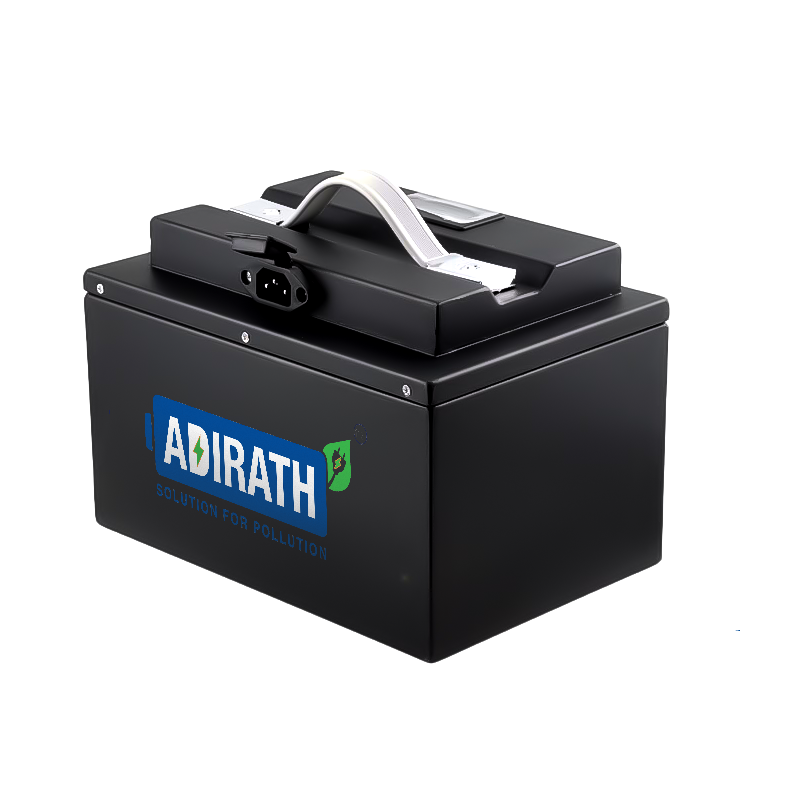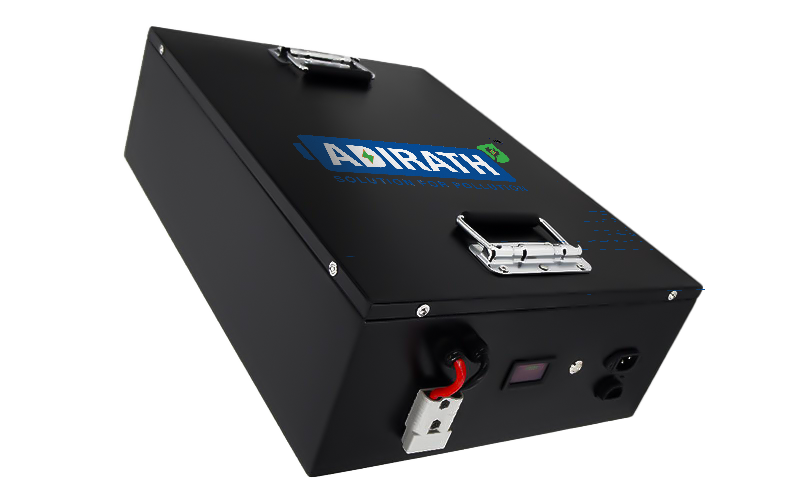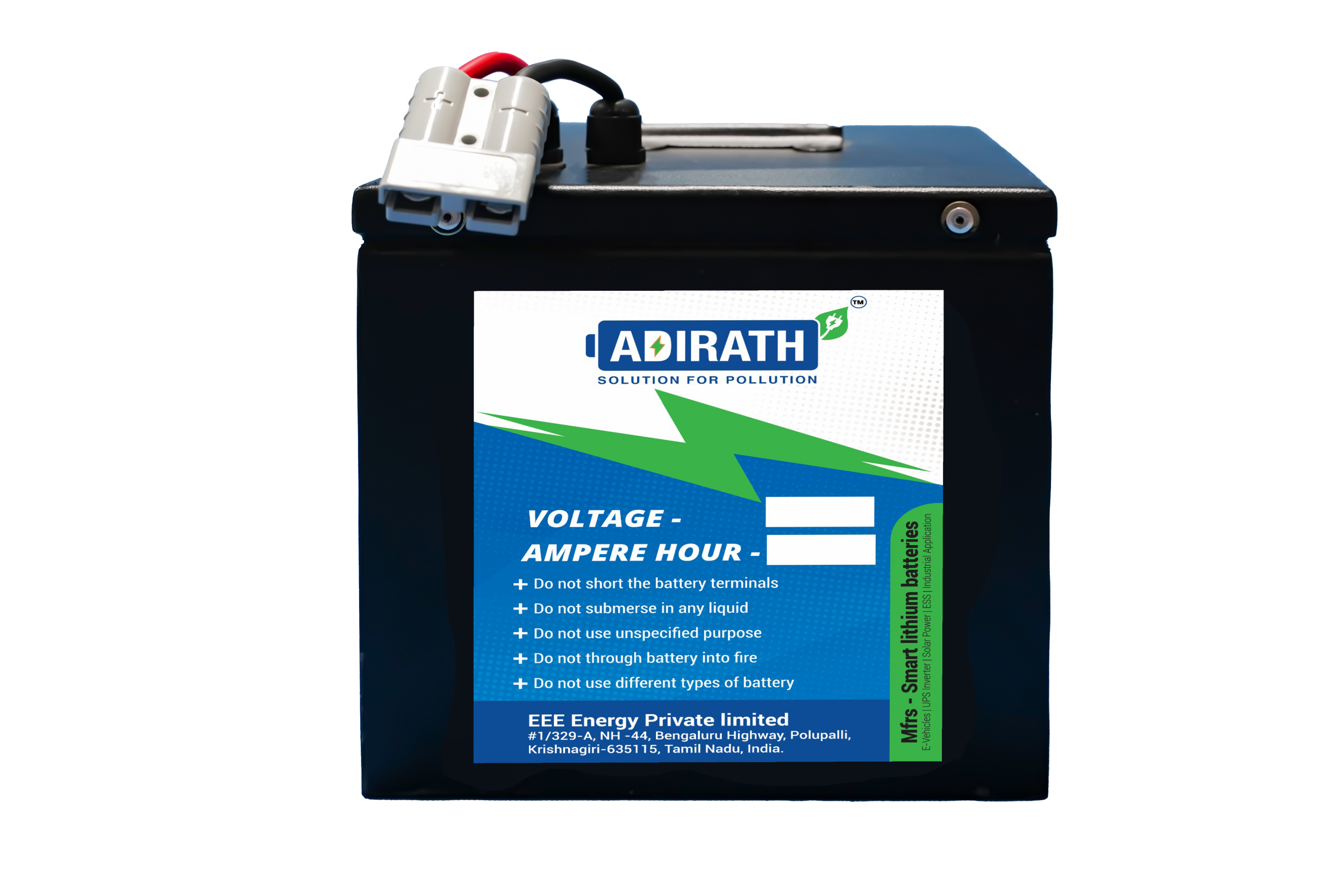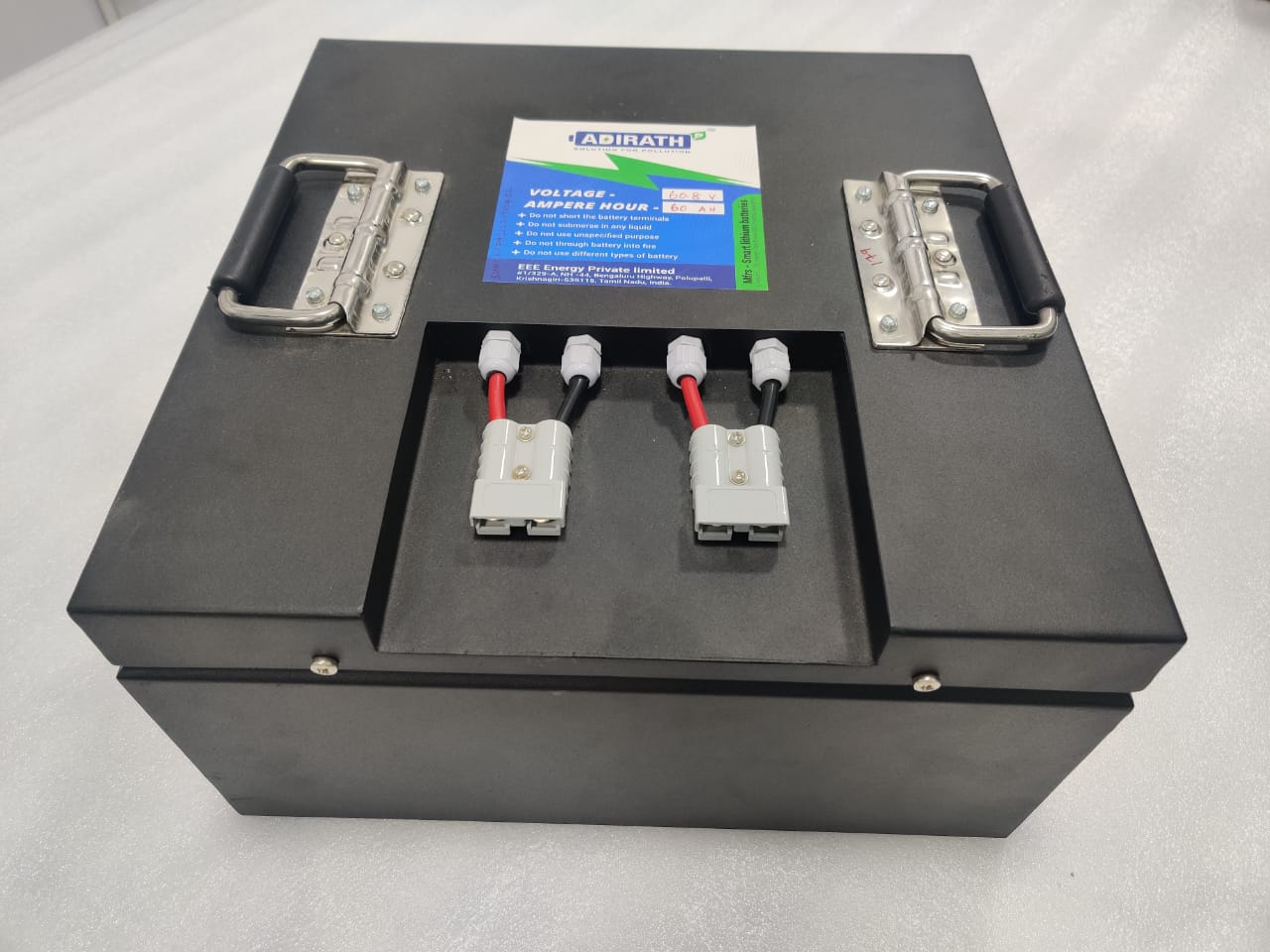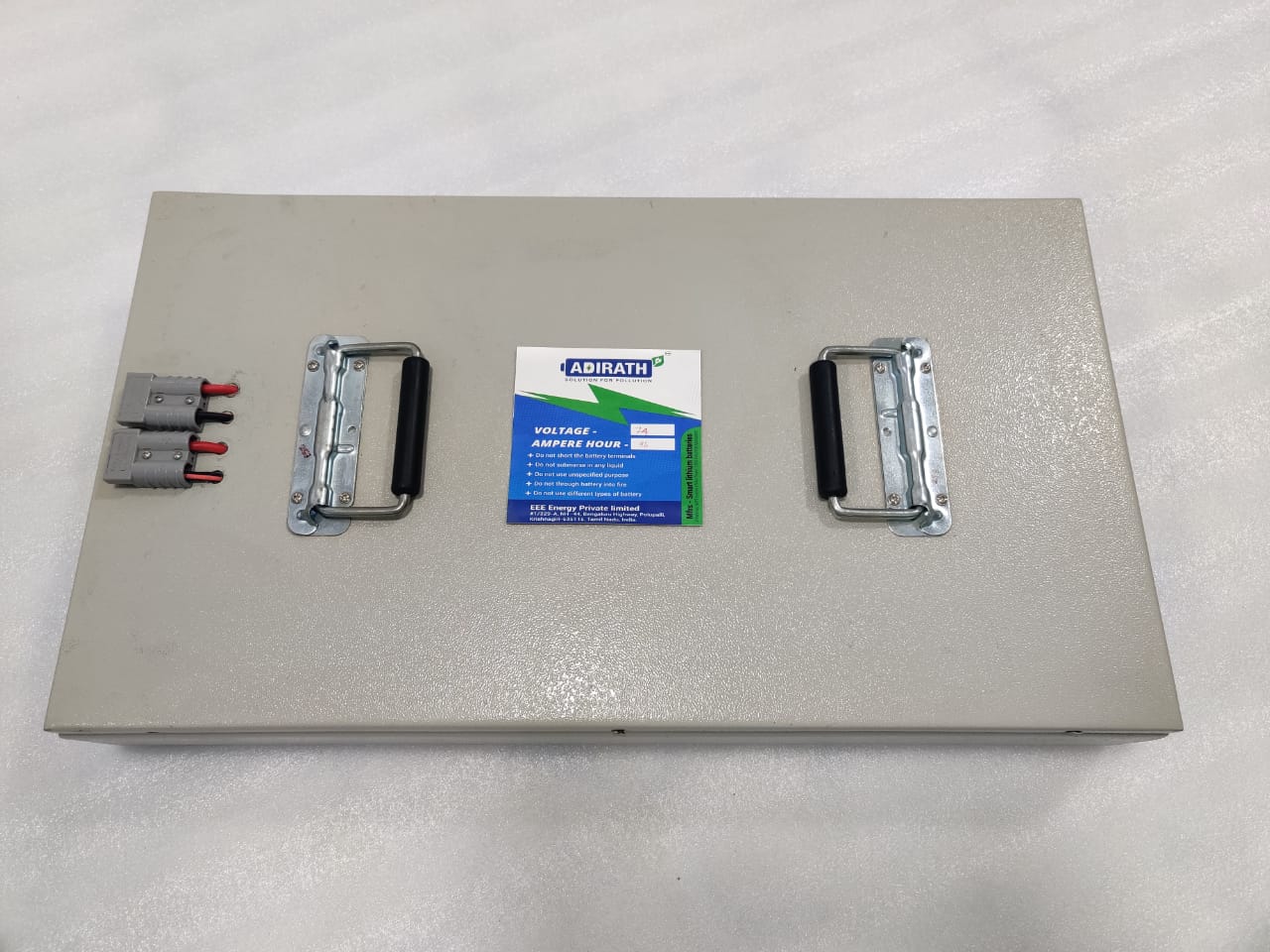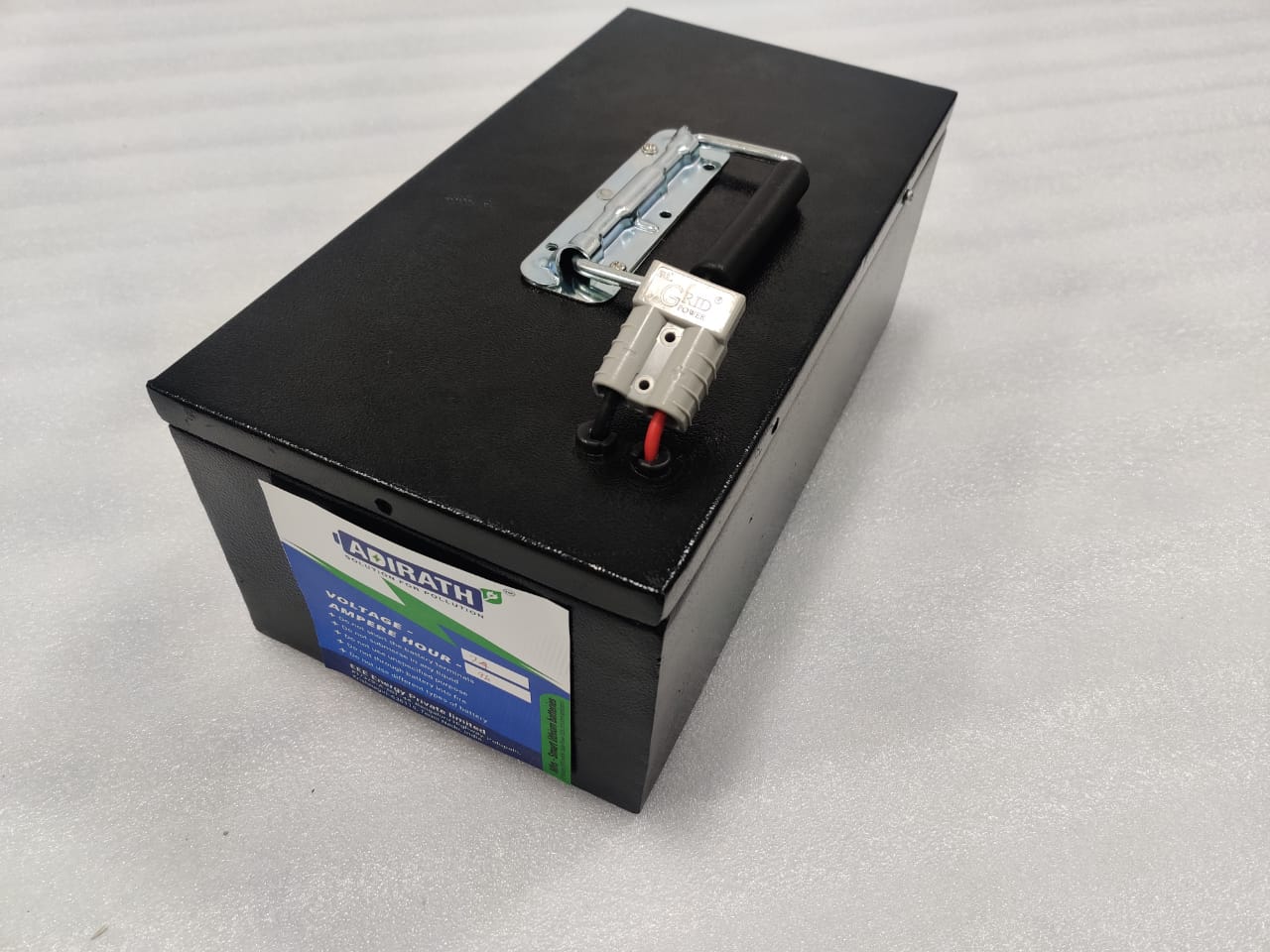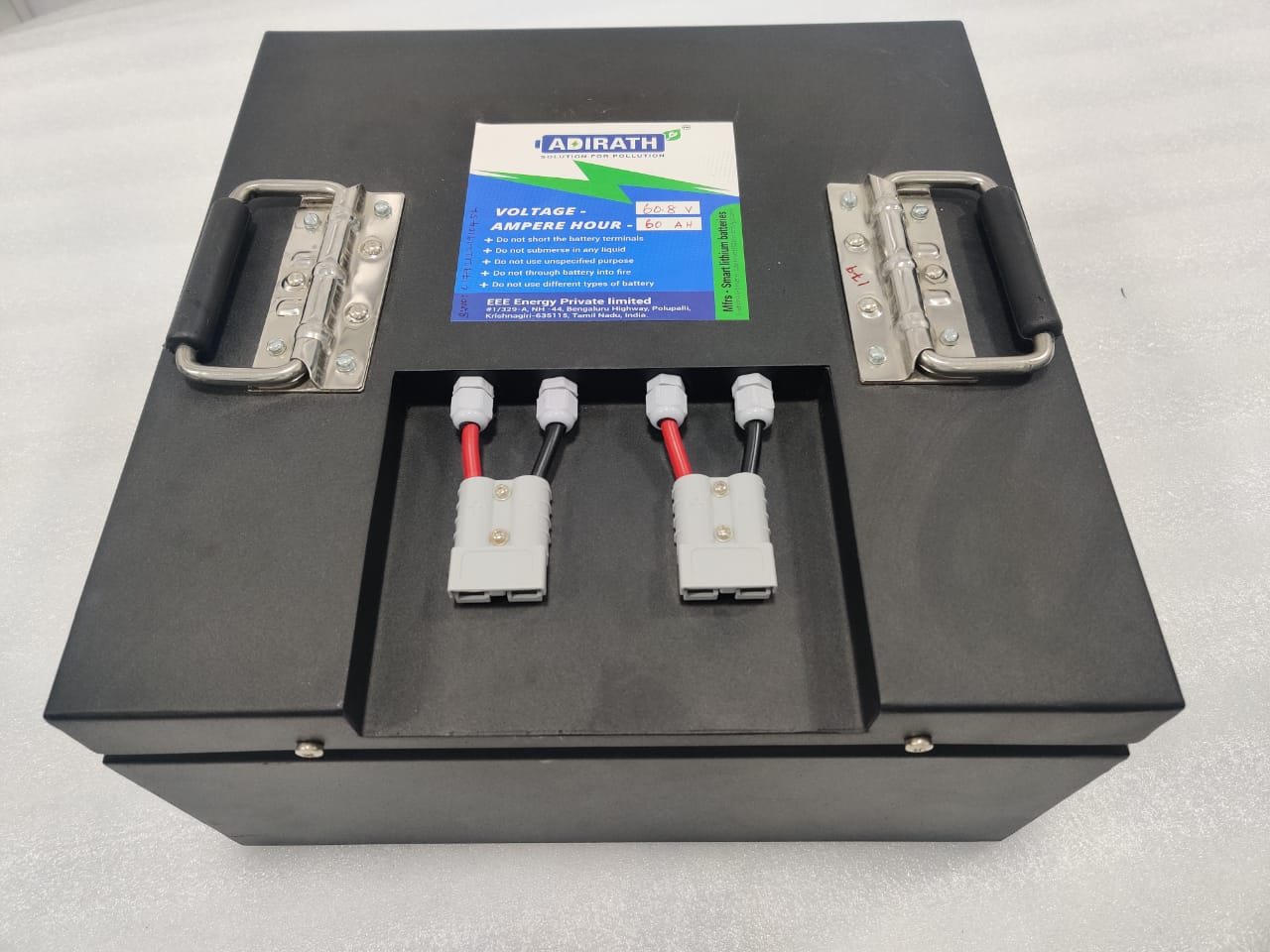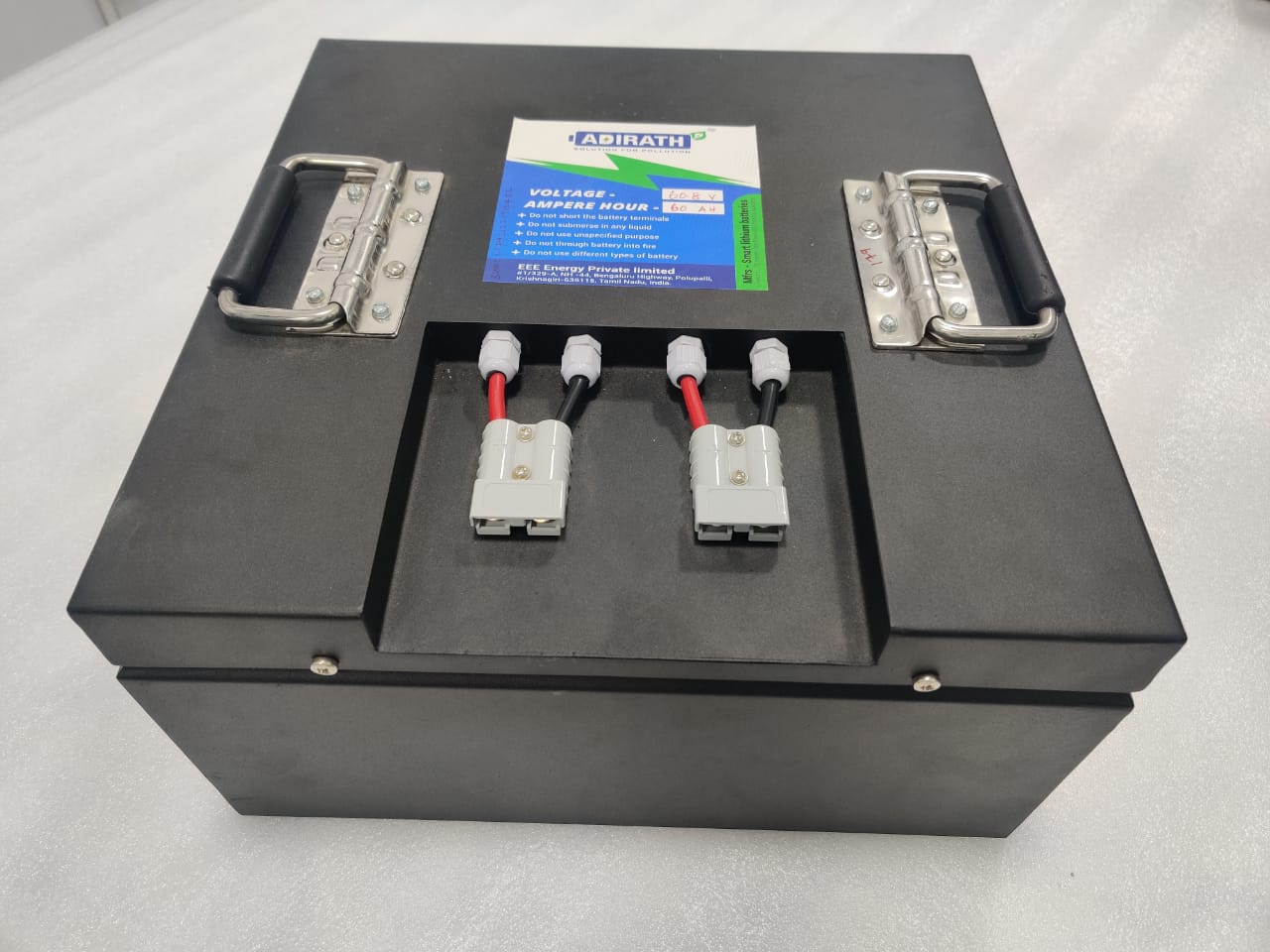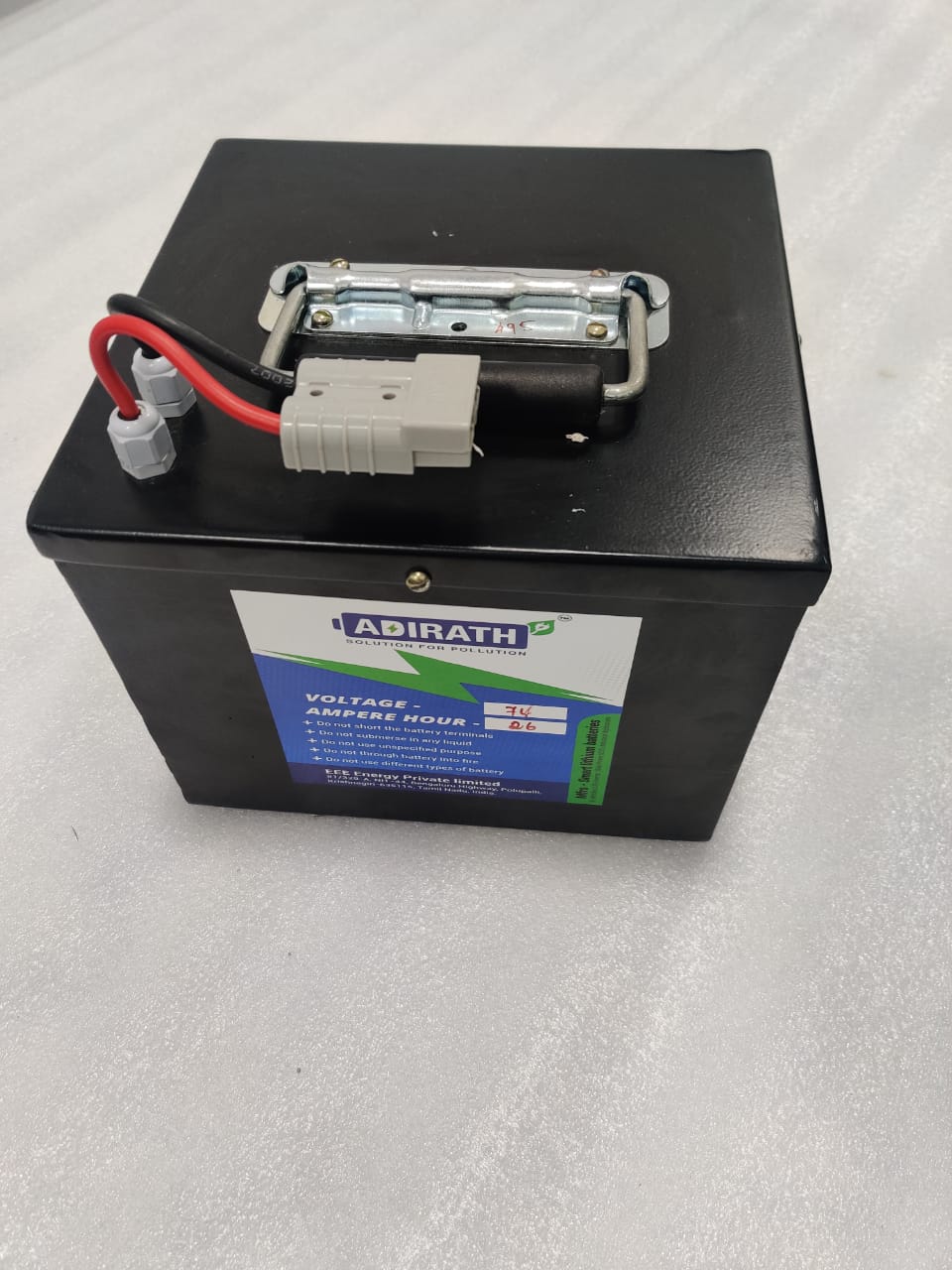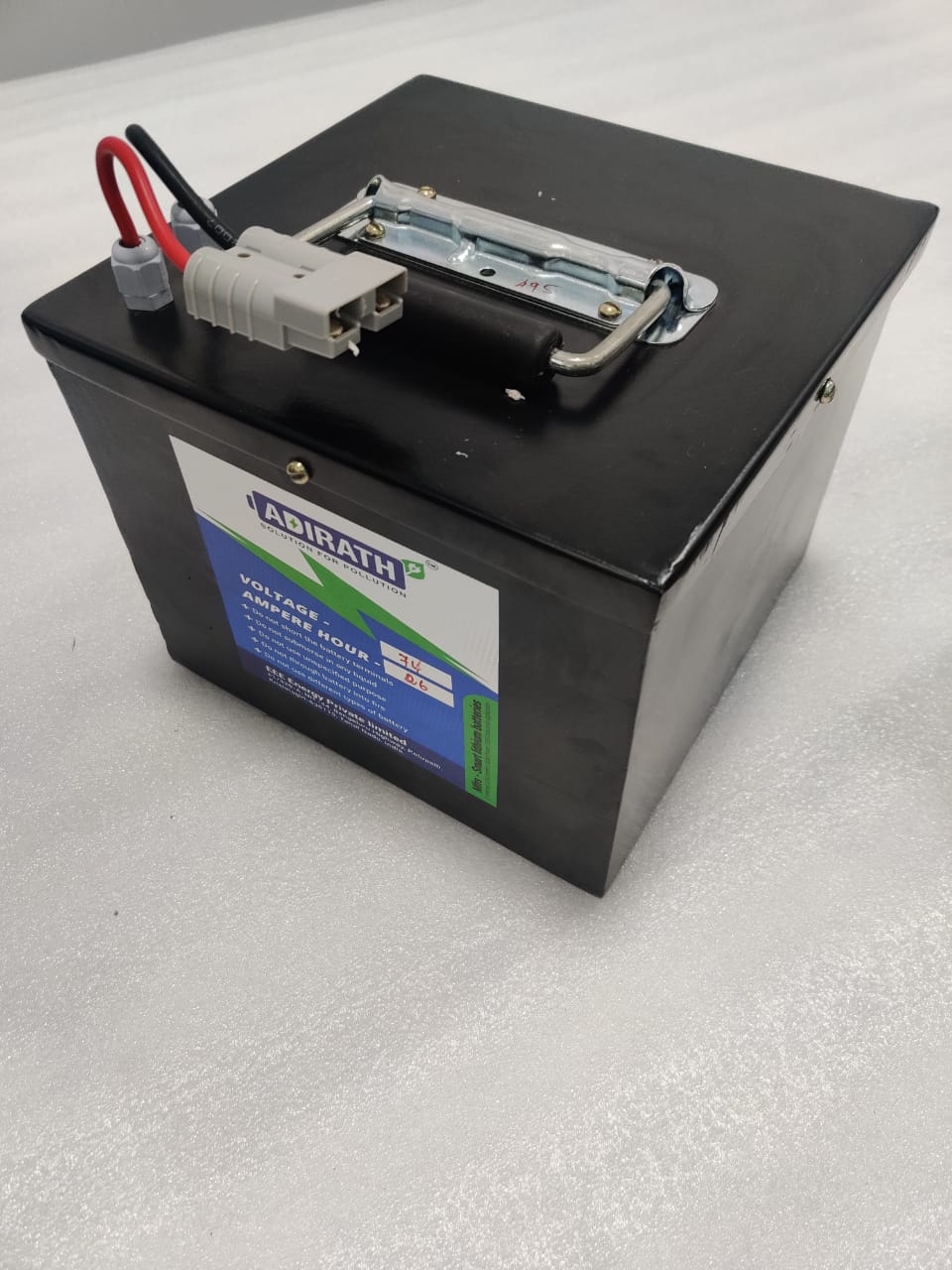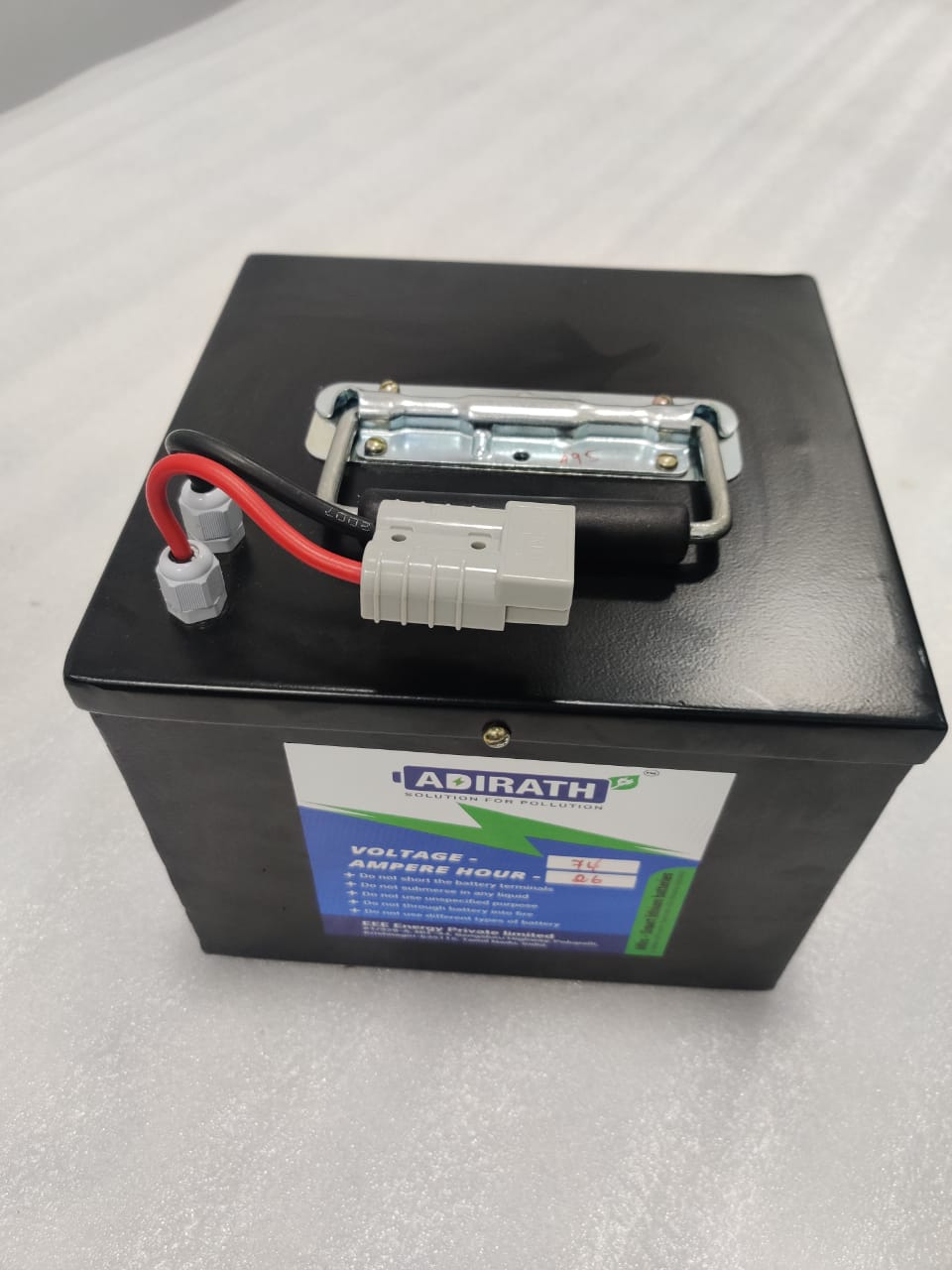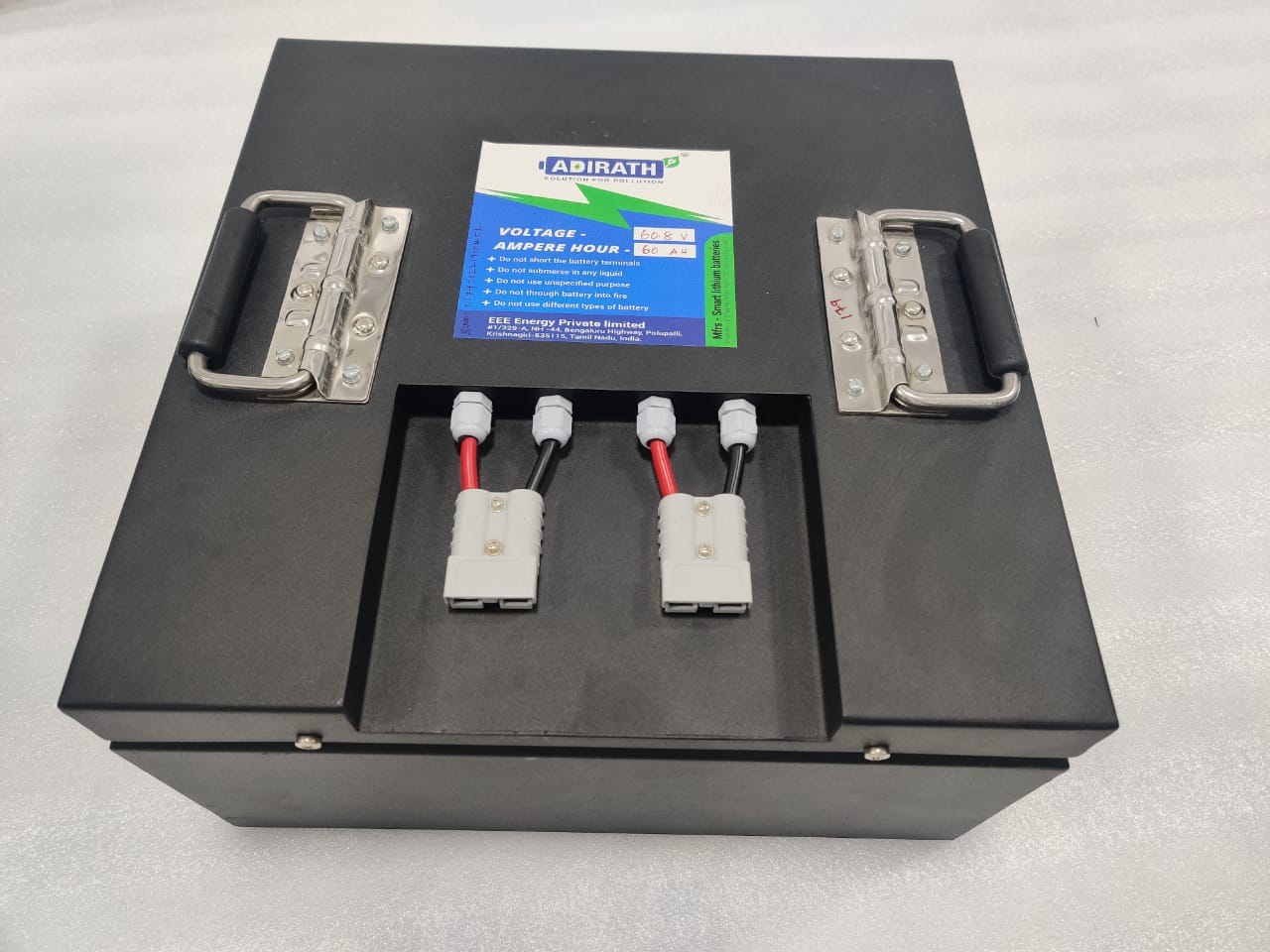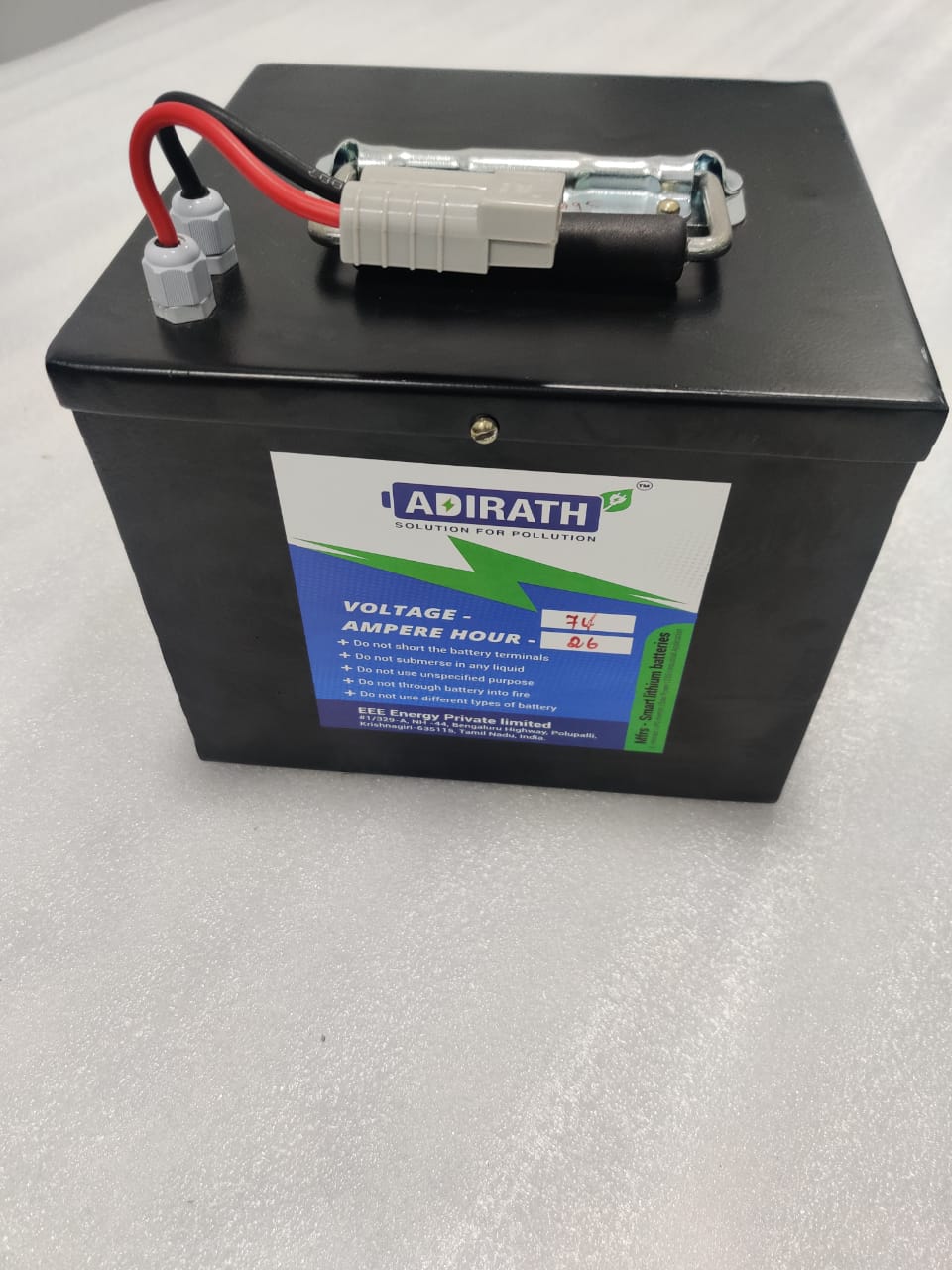
About Our Electric Vehicle Battery
Electric vehicles are battery powered and there is no pollution when compared to your diesel or petrol vehicles. The cost of running an electric vehicle is very low.
The majority of electric vehicles use lithium batteries, which are simple to maintain. Electric vehicles do not require routine maintenance. An electric vehicle’s key components are the motor, controller, battery, battery management system, and charger.
An electric-vehicle battery is a battery used to power the electric motors of a battery electric vehicle (BEV) or hybrid electric vehicle (HEV).
Lithium-ion batteries of various designs are used in electric cars, similar to those used in cell phones and laptop computers, but on a much greater scale. Lithium-ion batteries have a high energy density and are less prone to lose their charge when not in use than other types of batteries.
An electric vehicle battery is rechargeable and designed exclusively for vehicles. It comes under one of the categories of lithium-ion batteries with numerous advantages. Substantially, these battery units offer a lot of capacity equipped with a lot of power per hour.
Here, our providers incorporate the advancement effect into our product to help make your vehicle more eco-friendly. You can blindly go for our product if you are considering the cheaper but yet efficient electric vehicle batteries. Moreover, it is an excellent value for money over the long term as far as operating costs are concerned.
Highlights of Our EV Batteries
Lightweight
Reliability
Fast charging
Eco-Friendly
Ease of usage
Tendency to hold charge longer
Cost-Effective
Maintenance Free
Specifications
| Product Series | 72V | 60V | 48V |
| Battery Type | NMC | NMC | NMC |
| Cell Type | Cylinderical | Cylinderical | Cylinderical |
| Nominal Voltage(V) | 74 | 59.2 | 48.1 |
| Voltage Range (V) | 84 | 67.2 | 54.6 |
| Nominal Capacity (Ah) | 31.2(As per your requirements) | 31.2(As per your requirements) | 31.2 (As per your requirements) |
| Nominal Energy(Wh) | 2308.8 | 1847 | 1501 |
| Available Energy(Wh) | 2620.8 | 2097 | 1704 |
| Continuous Charging Current(A) | 20A | 20A | 20A |
| Continuous Discharging Current(A) | 50A | 45A | 40A |
| 30s Peak Discharging Current (A) | 150A | 135A | 120A |
| T (Charging, ℃) | 25°C | 25°C | 25°C |
| T (Discharging, ℃) | 35°C | 35°C | 35°C |
| Humidity(%) | 90% | 90% | 90% |
| Dimension(L/W/H,mm) | 230*155*255 | 200*165*280 | 150*165*255 |
| Weight(kg)(Approximate) | 14.66 | 11.75 | 9.45 |
| Cycle Life(times) | 1000 | 1000 | 1000 |
| Communication protocol | No | No | No |
Electric Vehicle Battery Images
Application Areas
While a number of electric drive vehicles are available on the market, further improvements in batteries could make them more affordable and suitable to consumers. With our Electric Vehicle battery, you can take your commitment a step further while enjoying reliable power that emits no gasses, fumes or pollution. The areas of application of EV Battery includes:

Electric Bike Batteries

Three wheelers EV Batteries

Electric Car Batteries

E Cycle Batteries

Electric Forklift Batteries

Electrically operated vehicles
With diverse capabilities and extensive manufacturing experience, you can rely on ADIRATH as a critical part of your supply chain.
FAQ
Electric cars do not use petroleum in the same way that gasoline cars do. Grease, on the other hand, is utilized to lubricate engine bearings in electric cars. An oil change is required for an electric car with a gearbox.
Oil is required to lubricate a large number of moving parts in traditional gasoline vehicles’ internal combustion engines. Because the engine’s pistons, valves, and other moving elements must move smoothly against one another at high speeds, the oil must be introduced to the engine to lubricate these interactions within tight tolerances.
The engine will operate without overheating or stopping if you add oil to it. The tiny metal flakes accumulated from all metal-to-metal interactions in the oil must be eliminated after some time. Remove the old oil and replace it with a new one. Maintain the engine’s smooth operation.
In the simplest case, electric cars are powered by batteries and electric motors. Electric cars do not require frequent oil changes since there are no pistons, valves, or other moving parts to lubricate.
Oil change in the electric car compared to conventional vehicles
Because electric cars have different transmissions, you won’t have to change the oil while maintaining them. Traditional gasoline cars require oil to wax the moving parts of electric cars. At high speeds, valves, pistons, and other moving engine components must interact smoothly.
To achieve tight interaction tolerances, the engine requires oil changes. All of these metal-to-metal interactions will result in metal atomic flakes in the engine oil, necessitating the emptying of the old oil and the addition of new oil.
This is done not only to help the gasoline engine operate more smoothly, but also to assure the engine’s safety and longevity. In an electric vehicle, however, none of this is required.
While the electric motor is running, the battery is used to power the electric vehicle. The mobile gadget does not need to change the oil as long as the pistons, valves, and other moving elements of the engine are lubricated.
Electric automobiles have a whole different powertrain than standard cars, so you won’t have to worry about oil changes as often. Even though your electric cars do not require oil, these three substances must be tested regularly.
Coolant, brake fluid, and windshield washing fluid
Coolant – To protect the batteries from overheating, electric cars rely on coolant running through the thermoregulation framework. During the support, you must add and replace the coolant.
Some electric cars include a specific cooling system that lowers the temperature and puts less strain on the battery. The mechanism keeps the battery at the right temperature, which not only enhances the battery’s capacity but also its service life. Also, use antifreeze or coolant to cleanse the system.
Your manual will teach you how to configure the refrigerant system’s maintenance schedule and which refrigerant to use. Electric car tires and wheels, air conditioning repairs, and air filter replacement are among the other items that require maintenance.
Brake Fluid – Although mobile devices brakes will last for a long time, you should still check the brake fluid on your car. The danger of brake failure can be reduced by refueling. You should also keep an eye out for any leaks.
If adding new brake fluid does not alleviate the problem, take the car to an EV service center immediately to have the braking system inspected. The fluids in the car should then be flushed every three to five years.
The brake liquid is required for a regenerative slowing system to function properly. In most cases, the brake fluid in electric cars should be replaced after around 40,000Km (25,000miles)
Windshield Washing Fluid – When the windshield washer fluid in your electric car dries out, or every 5,000-10,000 miles driven, it needs to be replaced.
Although most electric vehicles may use conventional windshield washer fluid, depending on how frequently you use windshield washer fluid, you need to fill it off regularly.
The design of these batteries has something to do with the solution. The motors within electric cars are controlled by lithium-ion batteries. They function similarly to any other battery where electrons are passed between anodes and cathodes. Most other types of batteries are inefficient compared to lithium-ion batteries. This means that while your car is parked, it will not soon lose charge.
Why Electric Cars Lose Charge When Parked
The lead-acid 12v battery used in cars is an excellent example of this. When not in use, they can quickly get depleted. Lithium-ion batteries, as previously indicated, are far more efficient. When a lithium-ion battery is kept at roughly 80% charge, it will not drain very much when not in use. This is usually the consequence of a battery monitoring system that constantly monitors all of the battery’s cells.
The battery monitoring system is intended to protect you from overcharging or discharging your battery, as well as to monitor the battery’s life and condition to make it last as long as possible. Even while not in operation, this system will continue to demand electricity. These kinds of systems are the primary cause of your charge dropping even while not in use. Any other systems on your car that remain turned on can deplete your battery’s charge.
How Much Charge Can Your Car lose when it’s parked?
Most electric cars will only lose roughly 2-3 percent of their charge every month if they are left inactive in an ideal atmosphere. That means that over a month if you had a car with a 300-mile range, you should expect to lose around 6-9 miles out of your whole charge. This is only possible in perfect conditions. Other elements will come into play, allowing your car battery to retain as much charge as possible for as long as feasible.
Does Temperature Play a Factor in Keeping Your Charge?
Temperature is a major role in many situations. It would be nice if the weather is mild. Both extremes of heat and cold make it more difficult for the car to maintain its charge.
High ambient temperatures might cause your battery to drain faster. Extremely cold weather, on the other hand, will affect the charge in your car. To keep from being too cold in the winter, your car will have to keep warming itself.
Both of these factors will influence your car’s charge. If at all feasible, parking an electric car in a garage that is warmer than the outside temperature can help you conserve as much charge as possible. The most common cause of an electric car losing charge when parked is the weather.
How to Prevent Losing Charge While You’re Parked
The first thing you can do is keep it as far away from extreme temperatures as possible. If you intend to keep the car at your home, parking it in the garage is a great idea. Garages are normally colder than the outdoors in the summer and warmer than the outside in the winter. This protects your car from excessive temperatures, which might harm the condition of your battery.
Even if you are parking your car somewhere outside other than at home, there are steps you can do to keep it safe from the environmental conditions. If you can park in covered parking, your car will lose less battery charge. When parking, try to keep it out of direct sunlight as much as possible.
There may also be functions in your automobile that draw power from the battery regularly. Sentry mode on Teslas is a good example of this. Your batteries will be continually depleted as a result of this, and they may finally die. If you have a function like sentry mode that can be turned off, you should consider deactivating it while you aren’t driving the car to avoid draining the battery too much.
Last but not least, avoid keeping your battery fully charged when parked for extended periods. A fully charged battery will begin to degrade considerably more quickly than one that is just partially charged. If you know your car will be sitting for an extended period, it’s better to leave it between 40 and 80 percent charged. This will ensure that it retains the maximum amount of charge for the longest time feasible.
4 easy ways to increase the life of your electric car’s battery
A battery’s age isn’t just due to the passage of time. It’s most likely the main cause of battery degradation in electric cars, although the level of charge and exposure to severe temperatures also have a significant influence on battery life.
1.Minimize exposure to extremely high temperatures when parked
The most common threat is being exposed to high heat when parked unplugged. In order to maintain maximum performance, an automatic temperature control system placed in your electric car would drain your batteries unnecessarily. While this performance should only be used when your electric vehicle is on the road and utilizing its battery, make sure your electric vehicle is parked in the shade or plugged in so that its thermal management system is only using grid electricity, and that the temperature range is steady during operation.
2. Minimize the batteries at 100% state of charge
Electric cars are already equipped with a battery management mechanism that prevents them from being charged and drained at their maximum capacity. Maintaining a constant state of battery charge, from 0 to 100 percent, extends the life of your vehicle’s battery. Even while a full charge gives you the most running time, it is never a smart idea for your battery’s overall longevity.
3. Avoid using fast charging
If your batteries are about to run out, using a fast-charging is a great help. However, it injects a large amount of current into the batteries in a short period of time, putting pressure on your EV battery and causing it to deteriorate faster. While it may be difficult to notice, eight years of standard charging will offer you 10% greater battery life than eight years of fast charging.
4.Control the optimal battery state of charge during long storage
EVs with an empty or full battery that is parked or stored degrade the battery. Get a timed charger and plug it in if you don’t use your electric car much or have a long trip planned. If you leave your car charged to 100 percent while parked somewhere for a long period of time, the battery will struggle to maintain its charge. Setting the charger to retain the charge just over the low threshold, rather than filling it to the full capacity, at an average charge level between 25% and 75 percent, is one technique.
The direct answer to the question is no. You should not charge your electric car every night in general. In most circumstances, it isn’t required. The practice of charging an electric vehicle every night might reduce the battery pack’s lifespan.
It’s essential to note that you should always follow the battery charging recommendations found in the car’s user manual.
Charging cycles degrade batteries
Electric cars are powered by lithium-ion battery packs. While advancements in EV battery technology continue, lithium-ion batteries deteriorate over time as a result of frequent charging and discharging cycles. Reducing the number of charging cycles can assist to prevent battery capacity decline.
If you’re familiar with your electric car’s range, only charge the battery when it’s required and for the time it takes to attain the appropriate “state of charge.”
Always charging to 100% isn’t good
According to the study, users should limit the length of time a battery spends at 100 percent charge or 0% charge. The reason for this is that extremely high and low SOC creates stress for batteries and shortens their life.
Battery management systems in electric vehicles avoid charging and draining to these extremes. Some are more protective than others. Also, most EV chargers can be set to shut off once the battery reaches the designated SOC.
Electric cars are increasingly looking like the future of motoring, which implies that we’re all going to have to get used to battery technology. Electric car batteries are one of the most vital components in a car system. The trendiest electric car battery used is lithium-ion.
It’s easy to understand why lithium-ion batteries have grown increasingly popular for electric cars over the years. These batteries have a lot of energy capacity, especially considering how light they are compared to other choices. The vehicle’s power-to-weight ratio is essential since it implies it can travel further on a single battery. The lighter the battery, the further the automobile can drive on a single charge.
Furthermore, lithium-ion batteries have a lower self-discharge rate than other types of batteries, allowing them to keep their charge longer as the battery ages. You can’t go wrong with lithium-ion batteries if you’re seeking an ecologically responsible alternative, as they’re built of recyclable materials. When looking for a new battery for your electric car, this is the battery type to look for when investing in a replacement for your electric car. They’re the most commonly used for a reason, after all. Lithium-ion batteries may be utilized in a broad range of applications because, in addition to meeting the gel demands (maintenance-free), they have several other advantages. That is the best option if you desire more autonomy and top-notch performance. The only stumbling block could be their greater price. When a vehicle is equipped with a lithium battery, the battery area includes a winter pre-heating capability, allowing work to be done even in sub-zero conditions.
Lithium-Ion Battery Types
- Lithium Iron Phosphate(LiFePO4) — LFP
- Lithium Nickel Cobalt Aluminum Oxide (LiNiCoAlO2) — NCA
- Lithium Nickel Manganese Cobalt Oxide (LiNiMnCoO2) — NMC
- Lithium Titanate (Li2TiO3) — LTO
- Lithium Manganese Oxide (LiMn2O4) — LMO
- Lithium Cobalt Oxide(LiCoO2) — LCO
BATTERY CAPACITY
The battery’s anticipated range on a full charge, as determined by the Environmental Protection Agency, is perhaps the most important feature to consider when purchasing an EV. The EPA’s fueleconomy.gov website has statistics on battery range and energy usage for all current and previous models. It’s also on the price sticker that must be attached to the side window of every new car sold in the United States.
However, depending on a range of conditions, an EV’s actual range of charge might vary. Acceleration with a heavy foot and driving at greater speeds will burn more kWh than more courteous around-town driving. When running with a full load of people and freight, the battery will also drain faster. If all other factors remain constant, a larger vehicle will require more energy to attain and maintain a given speed than a lighter one.
Importantly, in severely cold or hot temperatures, an EV’s level of charge will deplete more quickly. Cold temperatures, in particular, can impair a battery’s performance as well as its capacity to absorb a charge. Furthermore, unlike gasoline engines, which create a lot of heat that may be used to warm a car’s interior, an EV’s climate control system is entirely powered by the battery.
When an electric vehicle’s battery capacity is depleted, it may be utilized to power a home or building by contributing to a battery storage system. A battery energy storage system is a device that stores energy in batteries for later use.
If you use renewable energy sources like wind or solar to power your house, you may add an electric vehicle battery to the mix. You can store it up and use it at night when the wind and sunshine are less. Alternatively, you might use it throughout the day in conjunction with solar or wind energy. This method of generating energy can help you save on bills and lessen the amount of energy you use from the grid.
An electric car’s battery is a proven technology that will survive for many years. EV makers even guarantee it. Electric vehicle manufacturers go to great lengths to ensure that their batteries survive as long as possible. Batteries in electric vehicles are ‘buffered,’ which means they can’t be used to their maximum capacity, lowering the number of cycles the battery goes through. This, combined with other techniques like as clever cooling systems, implies that electric car batteries should last for many years.
In reality, manufacturers guarantee that there is sufficient spare capacity to compensate for degradation over time in order to prolong the life of an electric car battery. As an electric car becomes older and the battery cycles, the extra capacity is depleted. This ensures that the vehicle’s range remains constant during the battery’s life. When the battery capacity goes below 80%, drivers may notice a decrease in the battery’s range and performance.
Lithium is abundant and sufficient to support the transition to electric vehicles.
The discovery of an adequate supply of lithium in raw material is preparing mining sectors for increased output. A tiny EV battery takes roughly 4kg of lithium, and if every man, woman, and youngster drove an electric car in the future, there may be a lithium scarcity. Although the price of lithium will fluctuate according to supply and demand, rumors of scarcity have been circulating, maybe prematurely.
Around 70% of the world’s lithium originates from brine, with the rest coming from hard rock. Lithium extraction from saltwater is being developed by research institutions. China is the world’s largest lithium user, and stockpiling is suspected. The Chinese anticipate that future cars will be powered by lithium-ion batteries, therefore an unrestricted supply of lithium is critical to them.
The entire demand for lithium in 2009 was about 92,000 metric tons, with batteries accounting for 26% of that amount. The majority of lithium is used by batteries. The demand for lithium might increase with the introduction of electric vehicles, but for the time being, the world has enough confirmed lithium deposits. Bolivia, Argentina, Chile, Australia, and China have the majority of the known lithium supply. The supply is plentiful, and fears of worldwide shortages are unfounded.
In electric cars, the energy storage system is in the form of a battery. Depending on whether the vehicle is all-electric (AEV) or plug-in hybrid electric, the battery type may vary (PHEV). The current battery technology is built to last for a long time. In mild climates, certain batteries may survive 12 to 15 years, whereas, in extreme climates, they can last eight to 12 years. Lithium-ion, nickel-metal hydride, lead-acid, and ultra-capacitors are the four primary types of batteries used in electric cars.
Types of electric car batteries
Lithium-ion batteries
The lithium-ion battery is the most popular type of battery used in electric vehicles. This type of battery is used in most portable gadgets, including mobile phones and PCs, so it may sound familiar. Lithium-ion batteries have excellent high-temperature performance, a high power-to-weight ratio, and high energy efficiency. This implies that the batteries can store a lot of energy for their weight, which is important for electric cars because lighter cars can drive longer on a single charge. Lithium-ion batteries also have a low “self-discharge” rate, which means they maintain their capacity to hold a full charge over time better than conventional batteries.
Furthermore, most lithium-ion battery parts are reusable, making these batteries an ecologically friendly option. This battery is found in both AEVs and PHEVs, though the exact chemistry of these batteries varies from that found in consumer electronics.
Nickel-metal hydride batteries
Nickel-metal hydride batteries are more commonly seen in hybrid cars; however, they may also be found in some all-electric vehicles. Hybrid-electric vehicles do not get their electricity from a plug-in source and instead rely on petrol to replenish the battery; hence they aren’t considered electric cars.
The life-cycle of nickel-metal hydride batteries is longer than that of lithium-ion or lead-acid batteries. They are also safe and tolerant of abuse. Nickel-metal hydride batteries’ greatest drawbacks are their expensive cost, high self-discharge rate, and the fact that they create a lot of heat at high temperatures. Because of these difficulties, these batteries are typically employed in hybrid electric cars rather than rechargeable electric vehicles.
Lead-acid batteries
Lead-acid batteries are currently used to supplement other battery loads in electric cars. Although these batteries are powerful, affordable, safe, and dependable, their short calendar life and poor cold-temperature performance make them problematic to utilize in electric cars. High-capacity lead-acid batteries are being developed; however, they are currently exclusively employed as secondary storage in commercial vehicles.
Ultracapacitors
In the traditional sense, ultracapacitors are not batteries. Instead, they use an electrode and an electrolyte to hold polarized liquid. The capacity for energy storage grows as the surface area of the liquid increases. Because ultracapacitors assist electrochemical batteries to level their load, they are typically used as secondary storage devices in electric cars, similar to lead-acid batteries. Ultracapacitors can also offer extra power to electric vehicles during acceleration and regenerative braking.
How do electric car batteries work?
An electric traction motor replaces the internal combustion engine used in gasoline-powered vehicles in all-electric cars. The power required by the motor to move the vehicle’s wheels is stored in a traction battery pack (typically a lithium-ion battery) in AEVs. The traction battery pack is the portion of the car that has to be plugged in and recharged, and its efficiency plays a role in determining the vehicle’s total range.
In plug-in hybrid electric vehicles, the electric traction motor is powered by a traction battery pack similar to an AEV. The main distinction is that the battery contains a combustion engine as well. PHEVs run on electricity until the battery is drained, at which point they transition to a fuel-powered internal combustion engine. The lithium-ion battery may be recharged by plugging it in, regenerative braking, or by utilizing the internal combustion engine. PHEVs have a longer range than all-electric vehicles due to the battery and gasoline combo.
The battery in both AEVs and PHEVs is charged using a standard connection and receptacle that accepts any Level 1 (120 V AC) or Level 2 (240 V for residential/208 V for commercial) socket. Some quick charging stations employ non-standardized receptors (known as SAE receptors or CHAdeMO). The charging station you may use depends on the type of vehicle you buy.
Electric vehicle batteries, solar power, and you
When you charge your vehicle with electricity, you can reduce your greenhouse gas emissions by using a renewable resource like solar power. Solar panels may both balance the expenses of charging a vehicle regularly and limit the use of nonrenewable fuels in the recharging process, as 80 percent of electric car charging is done at home. Solar panels are also used by many public chargers to limit the usage of nonrenewable energy during the charging process.
One of the most important considerations when purchasing a car battery is the number of amp-hours required. This is dependent on the application and your location.
The overall battery capacity in amp-hours for solar systems should be three to four times your daily consumption.
If you’re utilizing batteries in your UPS, be sure you have enough capacity to handle more than twice the projected outage. To calculate your necessary amp-hour, multiply your daily average consumption by the battery’s voltage.
We need to understand a few teams before we answer the question.
Capacity
The capacity of your battery is the amount of charge it can hold. The maximum quantity of energy that a battery can put off under given conditions is referred to as capacity. Watt-hours, Kilowatt-hours, and ampere-hours are all units of capacity. Ampere-hours, or Ah, is the most frequent unit. Because the voltage of the battery changes throughout charging and discharging cycles, this unit is widely utilized.
Car Battery Voltage
When working with a car battery watt-hour, you need also be aware of the phrase voltage. Batteries come in a variety of shapes and sizes, as well as different voltages. Most automotive batteries have a voltage ranging from 1.5 volts or an AA battery to 12 volts.
The actual difference between the negative and positive sides of the battery is referred to as voltage. The voltage measurement is determined by the magnitude of the potential difference.
As previously stated, the answer to this question is dependent on the voltage and amperage. You can calculate wattage by multiplying Amps with voltage.
That means wattage= Amps x Voltage. This is an easy formula that anyone can follow to determine the number of watts any battery can hold. This formula works for any car battery because it has been proven across the world.


